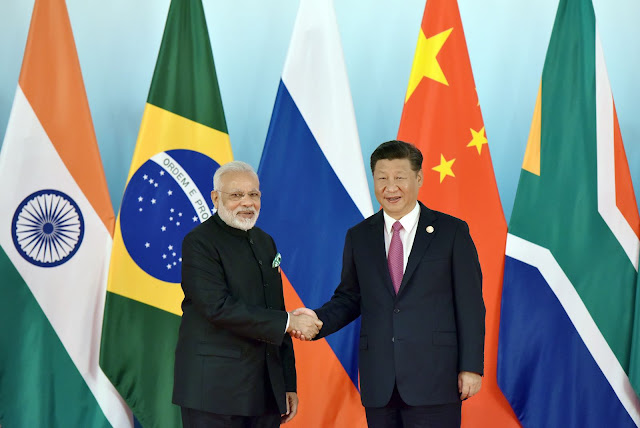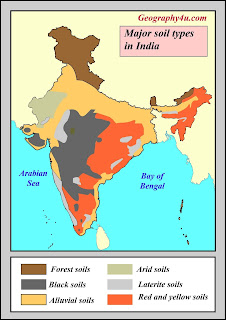Border between India and China
Border between india and china sanjee sir
Contents [hide]
What happened to 0.1?
0.2 Where is Naku La?
0.3 Pangong So
1 Border dispute between India and China
1.1 Western Region
1.2 Aksai China
1.3 Central Zone
1.4 Eastern Region
1.5 Attempts to resolve border dispute
Recently, there was a fight between the Indian and Chinese soldiers on the Line of Actual Control - LAC in which an Indian military officer punched a Chinese soldier. Later the case was resolved by mediation.
What happened
These incidents took place in the disputed site located in Naku La area and near the Pangong Tso lake of Ladakh. Describing these incidents as a momentary skirmish, the army informed that the fights were resolved by the local commanders through negotiations and flag meetings as per the military protocol.
pangong tso laku la map
Where is Naku La?
Naku La region is a pass located in Sikkim which is more than five thousand meters above sea level.
It falls next to Muguthang or Cho Lhamu, the origin of the Teesta River. Be aware that Sikkim also has Nathu La and Jelep La Pass.
Pangong So
Pangong So is a lake 135 kilometers and 4,350 meters high that extends from India to China. 45 km of it is under the control of India while the remaining 90 km is under the control of China. It is a saltwater lake that came into existence due to Tethys Geosyncline.
Border dispute between India and China
india china border issue
India's 3,488 km border line with China. The China-India border is generally divided into three areas:
Western Region, (2) Central Zone, and (3) Eastern Region.
Western region
The western region has a 2152 km long Indian border with China. The border is between Jammu and Kashmir and China's Bhijinjiang (Sikang) province.
Aksai China
The regional dispute over Aksai China lies in the British Empire's failure to clearly explain the legal boundary between its Indian colony and China.
Two boundaries were proposed between India and China during the British Raj - Johnson's Line and McDonald Line.
The Johnson line displays Aksai Chin under Indian control while the McDonald line displays it under Chinese control.
India considers the Johnson Line as the international border with China, while on the other hand, China considers the McDonald Line as the international border between India and China.
The line separating the Indian-administered areas from Aksai China is known as the Line of Actual Control (LAC) and is concurrent with the Aksai Chin border line claimed by China.
There was a war between India and China in 1962 over the disputed Aksai Chin region. India claims that it is part of Kashmir, while China claimed that it is part of China's Xinjiang.
Central region
In the central region, about 625 km long border line runs along the watershed from Ladakh to Nepal. The states of Himachal Pradesh and Uttarakhand on this border line with Tibet (China).
Eastern area
The border line in the eastern region is 1,140 km long and it stretches from the eastern border of Bhutan to the meeting point of India, Tibet and Myanmar, near the Talu Pass. This boundary line is called the McMahon Line (named after Henry McMahon). Henry McMahon was a British representative who signed the 1913–14 Shimla Convention.
This boundary line is connected to the watershed of the Brahmaputra River in the northern part of the Himalayan mountain, where the rivers Lohit, Dihang, Subansiri and Kemang pass through that water divider.
China considers the McMahon Line illegal and unacceptable. According to him, Tibet did not have the right to sign the 1914 Simla Agreement that laid down the McMahon Line.
Attempts to resolve border dispute
In 1988, Prime Minister Rajiv Gandhi went to China to resolve the border dispute, after which a Joint Working Group - JWG was established.
In 1993, the India-China Diplomat and Military Officers Expert Group was formed to support this group. At the same time an agreement was signed according to which it was decided to maintain peace along the Line of Actual Control.
An agreement was signed in 1996 to increase mutual trust (Agreement on Confidence Building Measures - CBMs).
In 2003, a special representative of India and China was appointed, who was given the responsibility of finding a political solution to the border dispute.
Till 2009, these special representatives have been negotiated 17 times, but no specific steps have been taken towards a solution. Recently, National Security Advisor Ajit Doval has been appointed as Special Envoy for the talks.


Comments
Post a Comment